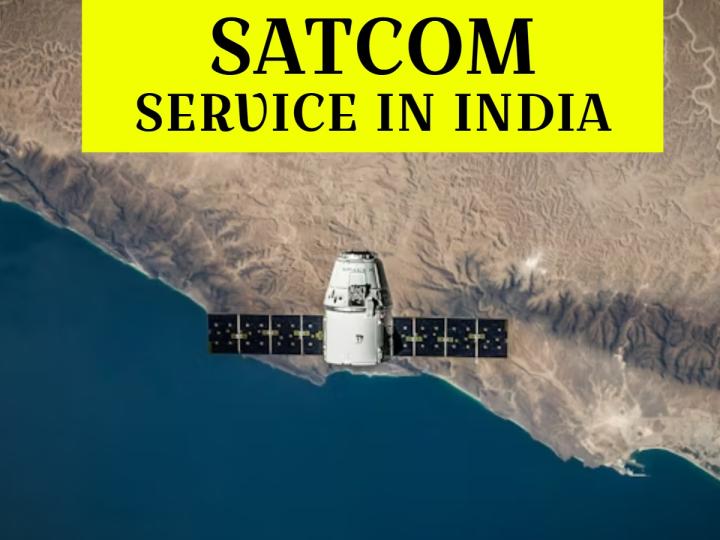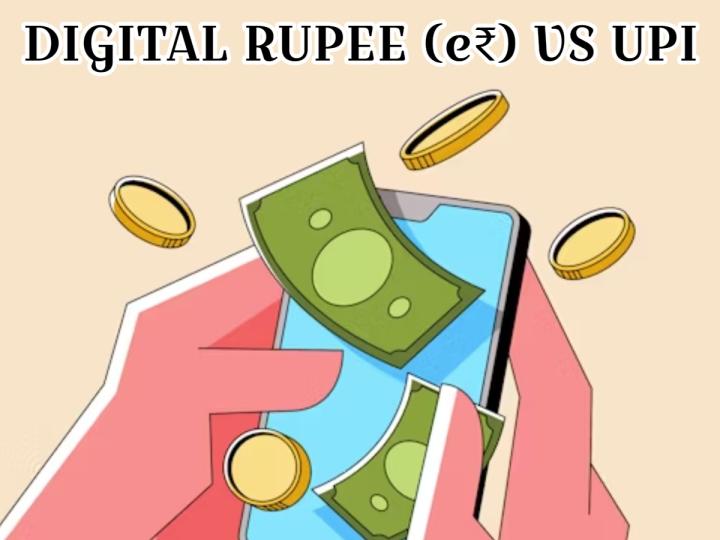
India is on the verge of a connectivity revolution, and satellite communication (Satcom) is playing a pivotal role. With traditional mobile networks struggling to reach remote areas, Satcom is becoming the next frontier in digital inclusion. Backed by OneWeb (Airtel), Reliance Jio Satellite Communications, and ISRO, India is stepping into an era where high-speed internet from space could soon be a reality for millions.
According to reports, the global Satcom market is expected to reach $121 billion by 2030, and India is poised to be one of the fastest-growing regions.
Satcom, short for satellite communication, uses orbiting satellites to provide data, voice, and internet services. Unlike fiber cables and mobile towers, which are limited to specific areas, Satcom beams coverage directly from space — making it possible to connect mountains, deserts, villages, and even oceans.
Digital Divide: Over 300 million people in India still lack reliable internet.
Remote Education & Telemedicine: Students and patients in rural areas can benefit from stable internet.
Disaster Management: Satcom works during floods, earthquakes, and cyclones when other networks fail.
Economic Growth: Industries like shipping, oil exploration, and aviation depend heavily on Satcom.
India’s Satcom sector is rapidly evolving with both private and government participation:
OneWeb (Bharti Airtel-backed): Deployed 600+ satellites, aiming to deliver global broadband, with India as a priority market.
Jio Satellite Communications: Entering the space race to provide low-cost satellite internet, targeting rural households.
ISRO (Indian Space Research Organisation): Supporting launches and research while enabling private companies under Spacecom Policy 2020.
Government Policy Push: Liberalized space sector rules are opening doors for startups and private investment.
Universal Coverage – From urban metros to Himalayan villages, Satcom ensures no area is left out.
High-Speed Internet – With download speeds of up to 100 Mbps, Satcom can support online learning, remote jobs, and telehealth.
Mobility & Portability – Unlike fixed-line broadband, Satcom terminals can be set up anywhere.
Emergency Connectivity – Critical for defense, disaster response, and aviation safety.
Boost for Digital India – A major step toward the government’s vision of 100% internet penetration.
The next 5–10 years could be transformative:
📶 Affordable Satellite Internet Plans – OneWeb and Jio are expected to roll out low-cost packages for homes and businesses.
📡 Hybrid 5G + Satcom Networks – Seamless connectivity between terrestrial 5G and space internet.
🚀 Space-Tech Startups – Indian startups like Skyroot and Pixxel could enter Satcom services.
🛡 National Security Applications – Strengthening defense communication networks.
🌏 Global Partnerships – India emerging as a space-tech hub through collaborations.
Experts predict that India’s Satcom market could grow 20–25% annually by 2030, driven by demand for rural internet.
Despite the opportunities, challenges remain:
High User Terminal Costs: Devices (like Starlink kits) can cost over ₹30,000.
Spectrum & Regulation Issues: Delays in allocation could slow adoption.
Competition from 5G: Terrestrial 5G might be cheaper in urban areas.
Affordability Gap: Rural households may struggle to pay monthly Satcom charges.
Education: Virtual classrooms in tribal and rural regions.
Healthcare: Remote diagnosis and tele-surgeries.
Agriculture: Precision farming with satellite data.
E-Governance: Delivering government services to remote villages.
Defense & Security: Secure, reliable communication for armed forces.
Q1. What is Satcom?
Satcom, or satellite communication, uses satellites to provide internet, television, and telecommunication services directly from space.
Q2. Will Satcom replace 5G?
No. Satcom will complement 5G, not replace it. While 5G works best in cities, Satcom ensures coverage in rural and remote areas.
Q3. How much will satellite internet cost in India?
While global services like Starlink are expensive, Indian players like Jio and OneWeb are expected to launch affordable plans, possibly under ₹1,000/month.
Q4. When will Satcom services be available in India?
Commercial rollout is expected by 2025–2026, once government clearances and spectrum allocations are finalized.
Q5. Why is Satcom important for Digital India?
Satcom ensures last-mile connectivity, helping the government achieve its goal of universal internet access.
The future of Satcom in India looks bright and transformative. With private players, global collaborations, and strong government backing, satellite communication will soon become a key pillar of India’s digital journey. If affordability and regulation are managed, Satcom could connect every Indian — from bustling metros to the remotest hamlet.




